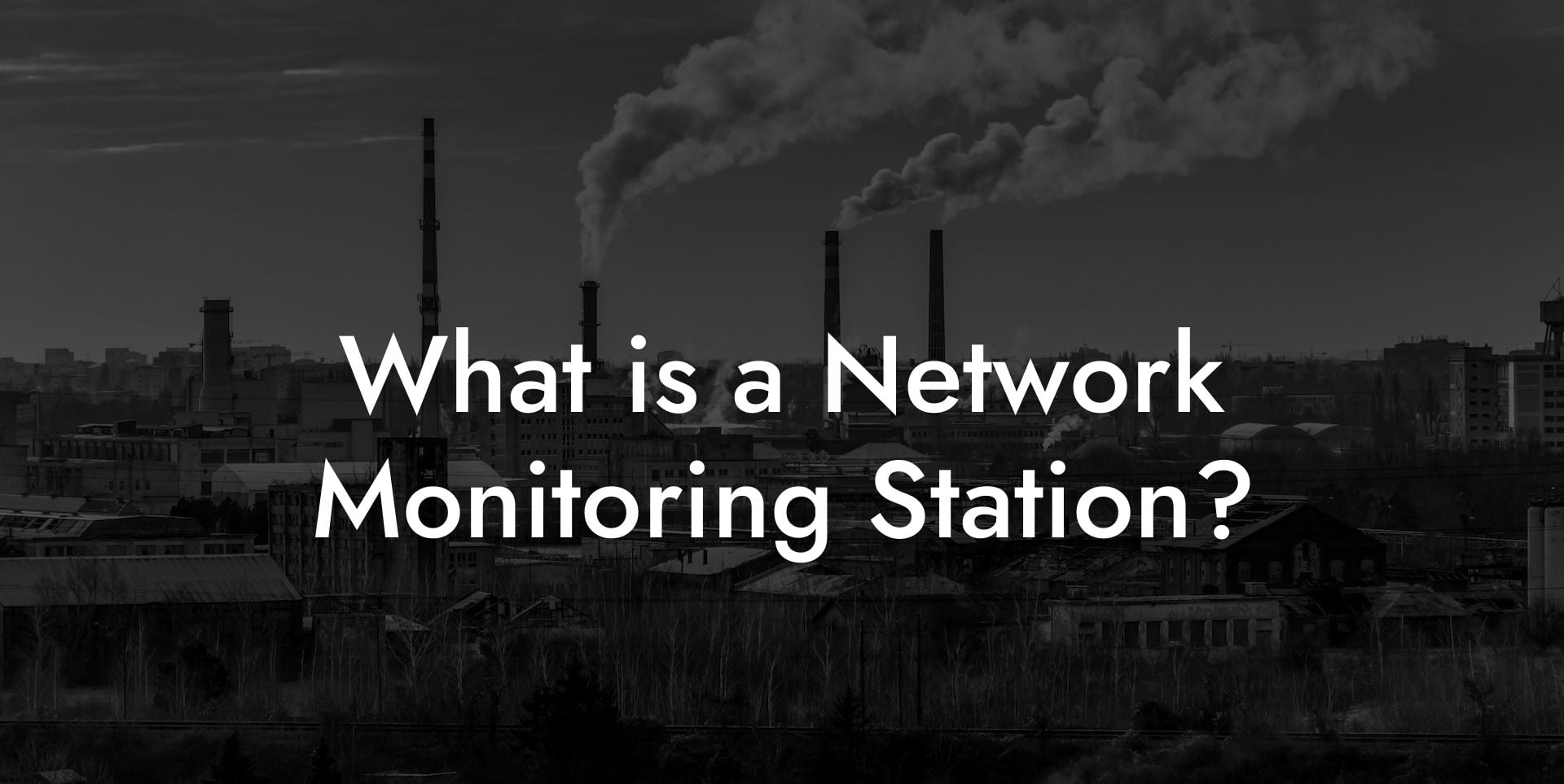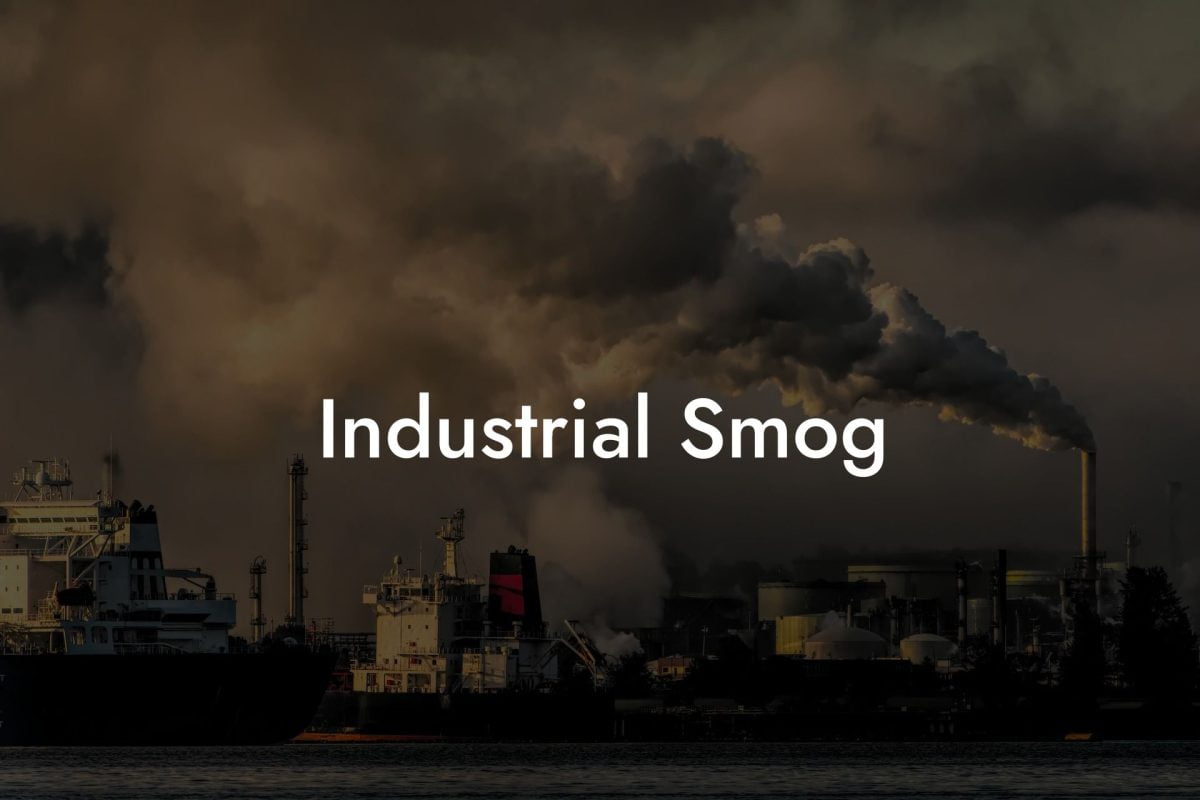Introduction to Network Monitoring Stations
Network Monitoring Stations (NMS) are pivotal in understanding and managing air quality. They provide crucial data on various pollutants, helping to safeguard public health and the environment.
The Role of NMS
These stations are strategically placed across various locations to continuously monitor air quality. They collect data on pollutants like particulate matter, nitrogen oxides, sulfur dioxide, carbon monoxide, and ozone.
Types of Network Monitoring Stations
Urban and Rural Stations
NMS can be located in urban areas, to monitor pollutants predominantly from traffic and industrial activities, and in rural areas, to assess background pollution levels.
Fixed and Mobile Stations
While most NMS are fixed, some mobile stations are used for specific studies or to monitor air quality in areas without permanent stations.
Key Components of a Network Monitoring Station
Air samplers and analyzers measure the concentration of various air pollutants.
These stations often include meteorological instruments to record data like temperature, wind speed, and humidity, which affect pollutant dispersion and concentrations.
Modern NMS are equipped with advanced systems for real-time data transmission to central databases for analysis.
The Importance of Network Monitoring Stations
Public Health Protection
By providing data on air quality, NMS help in formulating health advisories and emergency response to pollution episodes.
Environmental Policy Making
Data from NMS are crucial in developing, implementing, and assessing the effectiveness of air pollution control policies.
Research and Development
Researchers use data from NMS for studying air pollution trends, sources, and impacts, facilitating advancements in environmental science.
Challenges in Network Monitoring
Site Selection
Strategically placing NMS is crucial for accurate representation of air quality but can be challenging due to space and resource constraints.
Maintenance and Calibration
Regular maintenance and calibration are essential for ensuring the accuracy and reliability of data collected.
Data Management
Effectively managing and analyzing the vast amounts of data generated by NMS is critical for meaningful interpretation and application.
Network Monitoring in the UK
The UK's Air Quality Network
The UK has an extensive network of monitoring stations, providing valuable data on national air quality trends and compliance with air quality standards.
Regional and Local Monitoring
In addition to national networks, regional and local monitoring efforts help in understanding localized air pollution issues.
UK Air Pollution: Your Comprehensive Air Quality Database
In-Depth Air Quality Data
UK Air Pollution offers a comprehensive database of air pollution data, including readings from various network monitoring stations across the UK.
Why Choose UK Air Pollution?
Our platform is designed for high engagement, providing informative and entertaining content on air quality. It's an invaluable resource for researchers, policy-makers, and the public.
Enhancing Air Quality Projects and Research
With UK Air Pollution, gain access to extensive data and insights on air pollution, enhancing the impact of your research projects, policy development, and environmental initiatives.
Frequently Asked Questions
What is a Network Monitoring Station?
A Network Monitoring Station is a system designed to constantly observe a computer network for any failures or deficiencies to ensure continuous network performance and security.
How Does a Network Monitoring Station Work?
Network Monitoring Stations work by collecting and analyzing data from various parts of a network. This includes monitoring network traffic, performance, and device health.
What Are the Key Functions of a Network Monitoring Station?
Key functions include traffic analysis, performance measurement, detecting network outages, identifying unauthorized access, and monitoring the health of network devices.
Why is Network Monitoring Important?
Network monitoring is crucial for maintaining the overall health of a network, ensuring that performance remains optimal, and quickly addressing any network-related issues.
What Types of Networks Require Monitoring?
Both small and large-scale networks require monitoring. This includes local area networks (LANs), wide area networks (WANs), and cloud networks.
Can Network Monitoring Stations Prevent Cyber Attacks?
While they can't prevent attacks, network monitoring stations can quickly identify unusual activity that may indicate a cyber attack, allowing for a prompt response.
What Tools Do Network
Monitoring Stations Use? Network Monitoring Stations use a variety of tools, including network analyzers, protocol analyzers, and SNMP (Simple Network Management Protocol) agents, to gather and analyze network data.
How Do Network Monitoring Stations Identify Issues?
These stations identify issues by analyzing network traffic and performance metrics against predetermined thresholds and patterns, alerting administrators to any anomalies.
What is SNMP in Network Monitoring?
SNMP, or Simple Network Management Protocol, is a protocol used for collecting and organizing information about managed devices on IP networks and for modifying that information to change device behavior.
Can Network Monitoring Stations Track Network Usage?
Yes, network monitoring stations can track network usage, including data transmission rates, to help identify bottlenecks or inefficiencies in the network.
How Do Network Monitoring Stations Help with Troubleshooting?
They help by providing detailed insights into the network's performance, allowing network administrators to pinpoint the exact location and nature of a problem.
Are Network Monitoring Stations Expensive?
The cost can vary widely depending on the scale of the network and the complexity of the monitoring needs. There are both affordable and high-end solutions available.
Can Small Businesses Benefit from Network Monitoring Stations?
Absolutely, small businesses can benefit significantly as network monitoring can help optimize performance and prevent costly downtime.
How Often Do Network Monitoring Stations Collect Data?
Most network monitoring stations collect data continuously in real-time, providing up-to-date information about the network's status.
What is the Role of AI in Network Monitoring?
Artificial Intelligence in network monitoring can predict network failures, detect unusual patterns that may indicate security breaches, and automate routine monitoring tasks.
How Do Network Monitoring Stations Handle Large Amounts of Data?
They typically use data aggregation and filtering techniques to handle large volumes of data, ensuring that only relevant data is presented to network administrators.
Can Network Monitoring Stations Be Remotely Accessed?
Yes, many network monitoring systems offer remote access capabilities, allowing network administrators to monitor and manage the network from anywhere.
What Are the Security Features of Network Monitoring Stations?
Security features can include intrusion detection systems, firewall monitoring, real-time alerts for suspicious activities, and encryption of data.
How Does Network Monitoring Improve Network Performance?
By continuously analyzing network traffic and performance, network monitoring can identify and help rectify bandwidth issues, server or application malfunctions, and other factors affecting network performance.
What is the Difference Between Passive and Active Monitoring?
Passive monitoring involves observing the network without interfering with its operation, while active monitoring includes sending test data through the network and measuring its performance.
Do Network Monitoring Stations Require Specialized Personnel?
Effective use of a network monitoring station typically requires personnel with specialized knowledge in network administration and management.
How Can Network Monitoring Stations Help with Regulatory Compliance?
They help ensure that the network complies with regulations by monitoring the transmission of sensitive data, ensuring network security measures are in place, and keeping detailed logs of network activity.














